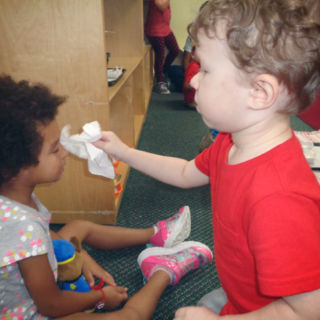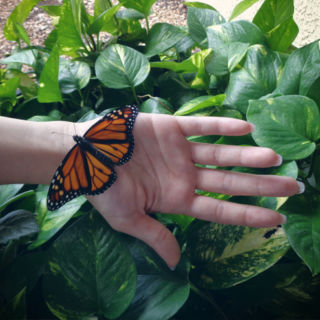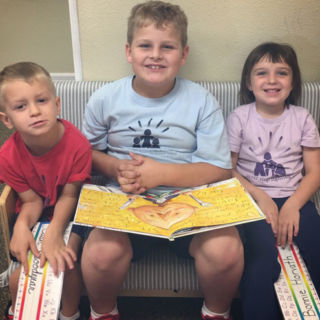
Montessori classrooms are one-of-a-kind. Their unique qualities stem around the principle of providing a rich environment for each child’s individual growth, but also the growth of the classroom community as a whole. The social connection, the human trait of feeling empathy, affection and responsibility, blossoms naturally in our classrooms fueled by the relationships of children of multiple ages.
One of my favorite moments in our BMS, RMS and SMS classrooms is seeing an older child mentor a younger child. This social and emotional connection cannot be taught, it is instilled through a loving environment where children share deep bonds, trusting one another. Older children, whom grew up in the classroom over the past two or three years, have earned a deep respect of the younger children whom look up to them. The younger children are in awe of the work of the older ones. They observe and are excited about the new learning opportunities that lie ahead. Thus, the teacher is not the sole motivator in the classroom!
Older students model organization, concentration and a thirst for new learning challenges. It is obvious to the other children that learning is interesting and fun. In no time, the classroom begins to buzz with activity and collaboration. In our multi-age classrooms children have the opportunity to develop, through practice with others who are older and younger; how to speak kindly, how to resolve conflicts peacefully, and how to care for others. As well, older children master their diverse skill sets the more they teach and mentor their peers.
Our classrooms are a mirror of real-life experience, thus are a preparation for life. In multi-age classrooms (ages 3-6 years, and 6-9 years), children experience community, learning from and with each other. These skills prepare them for experiences in their family life, their future work place and neighborhoods.
The education of even a small child, therefore, does not aim at preparing him for school, but for life.
— Maria Montessori



